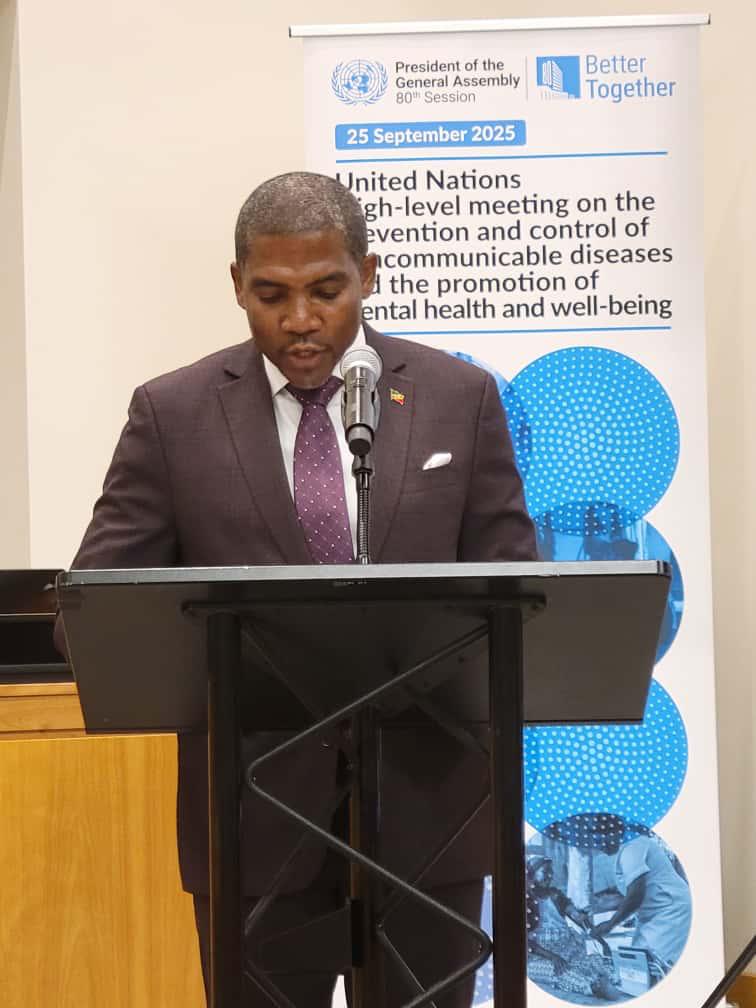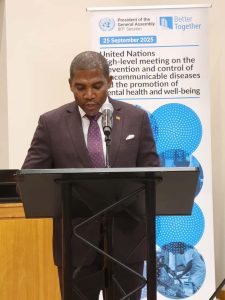Autopsy Report of Kaliquan Woodley-Bergan
This autopsy report details the unfortunate death of 15-year-old Kaliquan Woodley-Bergan, a resident of Sandy Point, St. Kitts. The cause of death is determined to be severe cranioencephalic trauma, a devastating injury to the head and brain, resulting from a motor vehicle accident. The incident occurred on March 27, 2025, in the White Gate area along the main road of St. Kitts. Despite immediate medical attention, the severity of the trauma proved fatal, and Mr. Woodley-Bergan was pronounced dead at the scene of the accident. The autopsy, conducted on April 4, 2025, by Dr. Adrian Nuñez Quintana, Resident Pathologist, confirmed the cause of death. This tragic event underscores the dangers of motor vehicle accidents and the devastating impact they can have on individuals, families, and communities.
Cranioencephalic trauma, often resulting from high-impact collisions as experienced in motor vehicle accidents, encompasses a range of injuries affecting the skull, brain, and surrounding tissues. These can include skull fractures, concussions, contusions (bruising of the brain), lacerations (tears in the brain tissue), and diffuse axonal injury (damage to the nerve fibers within the brain). The severity of these injuries can vary widely, from mild concussions to severe, life-threatening trauma, as in Mr. Woodley-Bergan’s case. The forces involved in a motor vehicle accident can cause rapid acceleration and deceleration of the head, leading to direct impact against the interior of the vehicle or other objects, as well as shearing forces within the brain itself, causing widespread damage.
The location of the accident, along the main road in the White Gate area of St. Kitts, provides some context, although the specific circumstances surrounding the incident are not detailed within the provided information. Main roads often experience higher traffic volumes and speeds, increasing the risk of severe accidents. Further investigation into the circumstances, including factors such as road conditions, vehicle speed, and potential driver error, would be crucial for a complete understanding of the incident and for implementing potential preventative measures in the future.
The fact that Mr. Woodley-Bergan was pronounced deceased at the scene underscores the severity of the sustained injuries. This suggests that the cranioencephalic trauma was so extensive that it resulted in immediate or rapid death. The time between the accident and the autopsy, approximately one week, is standard practice, allowing for appropriate arrangements and for any immediate post-mortem changes to subside before a thorough examination can be conducted. The autopsy report, conducted by Dr. Adrian Nuñez Quintana, would have provided detailed documentation of the specific injuries sustained by Mr. Woodley-Bergan, further confirming the cause of death and contributing to a comprehensive understanding of the tragic event.
The loss of a young life, particularly under such tragic circumstances, is a profound event with far-reaching consequences. For Mr. Woodley-Bergan’s family and community, this loss undoubtedly represents a period of immense grief and sorrow. The sudden and unexpected nature of the accident further adds to the trauma experienced by those closest to him. Support systems, both within the family and the wider community, will be crucial during this difficult time. Grief counseling, bereavement resources, and community support groups can provide valuable assistance in navigating the emotional and practical challenges that follow such a devastating loss.
This case highlights the ongoing importance of road safety initiatives. Efforts to promote safe driving practices, improve road infrastructure, and enforce traffic regulations are essential for reducing the incidence and severity of motor vehicle accidents. Public awareness campaigns, driver education programs, and stricter enforcement of speed limits and seatbelt laws can all contribute to creating safer road environments. Investigating the specific factors contributing to accidents, as would likely be done in Mr. Woodley-Bergan’s case, can provide valuable insights for future preventative measures, helping to prevent similar tragedies from occurring. Ultimately, creating a culture of road safety requires a collective effort from individuals, communities, and government agencies, working together to minimize the risks associated with motor vehicle travel and prevent further loss of life.
Share this content:












Post Comment